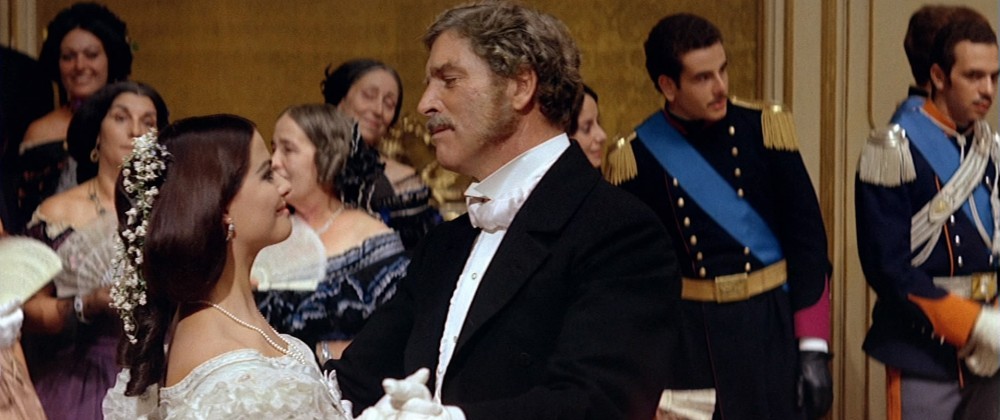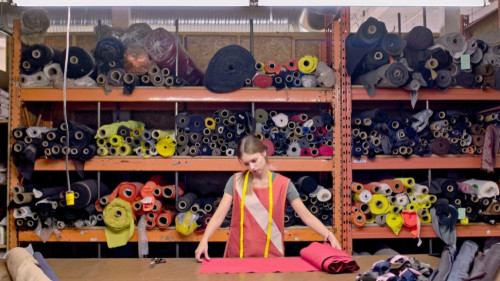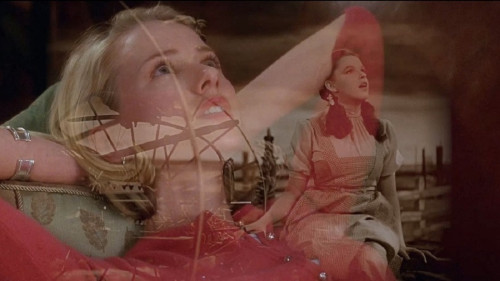Volume 16, Issue 7 / July 2012
Politics, Social Analysis and Film
In this issue
-

Light Comes Through a Hole in the World: Palestinian film director Elia Suleiman’s The Time That Remains
The image transgresses the boundaries of its locale
-

Luchino Visconti’s The Leopard and Those Who Are Not Rich in A Country of Arrangements
Human Understanding is More Important than Social Categories
-
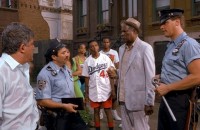
Props, Things and Do the Right Thing
Overlooked Aspect of Mise en Scene
-

The Representation of Non-Violent Political Activism in Bloody Sunday and Omagh
-
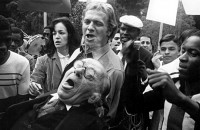
The Evolution of “Third Cinema” in a Brazilian Context: from Santos to Bianchi
One of the more valuable approaches in Film Studies remains the analysis of a film’s social and political import. For this issue Offscreen dedicates itself to this critical focus with essays on five quite varied historical, cultural and national contexts, that of Palestine, Italy, the US, Ireland and Brazil. Daniel Garrett’s opening essay is on Elia Suleiman’s The Time that Remains (2009). Director Suleiman is undeniably influenced by his status as a Palestinian, which makes his work ‘political’ by default. His style is aligned more with art house sensibilities, but his penchant for absurdist humour and broad slapstick at times echoes a more ephemeral comic spirit that encompasses popular comedy (Laurel and Hardy) and the more modernist vein (Jacques Tati). This leads to an age old dilemma noted by Garrett, who laments that the very people who would stand to gain the most from Suleiman’s cynical yet liberating world view –“the young, deprived Native Americans, African-Americans, and Hispanic-Americans, as well as Arabs; and other people in different parts of the world who have felt the disfiguring hand of power”– will in all likelihood never become the intended audience. What we watch and what we like and what we preference over another ultimately comes down to personal choice (itself a condition of what has made us who we are) and Garrett’s discussion of The Time that Remains caps off with a manifestation of this credo in a fascinating list of his own personal choices in art. Garrett follows this with an analysis of Visconti’s masterful depiction of Italian aristocracy The Leopard, which begins with a thematic overview of its narrative before contextualising it within the art cinema of the time (1950s to 1970s) and the sometimes problematic position of class representation (whether the rich, poor or middle class). In the end Daniel Garrett’s high esteem for Visconti’s exquisite film rests “not [on] wealth and power but character and consciousness.” My own essay on Spike Lee’s Do the Right Thing concentrates on an overlooked aspect of a film’s narrative and thematic meaning, the use of props. A majority of the props I discuss come from the world of sport (Lee being a big sports enthusiast this is not surprising), and one of the key props is the number 42 Jackie Robinson Brooklyn Dodgers baseball jersey the Mookie character wears. After writing the piece I came across the pleasant coincidence of seeing a trailer of an upcoming film recounting the Jackie Robinsion legacy, titled 42, starring Harrison Ford as the man instrumental in facilitating the breaking of the color barrier in Major League baseball, Dodgers owner Branch Rickey, and relative newcomer Chadwick Boseman as Robinson. One of the most hotly debated political ideas in Spike Lee’s Do the Right Thing, the use of violence to serve a political end, forms the central focus of the next essay by David Hanley, “The Representation of Non-Violent Political Activism in Bloody Sunday and Omagh.” Concluding the special issue on politics, social analysis and film is Zain Jamshaid’s piece on one of the most historically important political film movements, Third Cinema, “The Evolution of “Third Cinema” in a Brazilian Context: from Santos to Bianchi.” In this essay Jamshaid first discusses two classic case studies of Cinema Novo, Nelson Pereira dos Santos’s Barren Lives [1963] and Glauber Rocha’s Earth Entranced [1967], before moving on to contemporary Brazilian filmmaker Sergio Bianchi’s contentious relationship with this cinematic past. (Donato Totaro, ed.)

